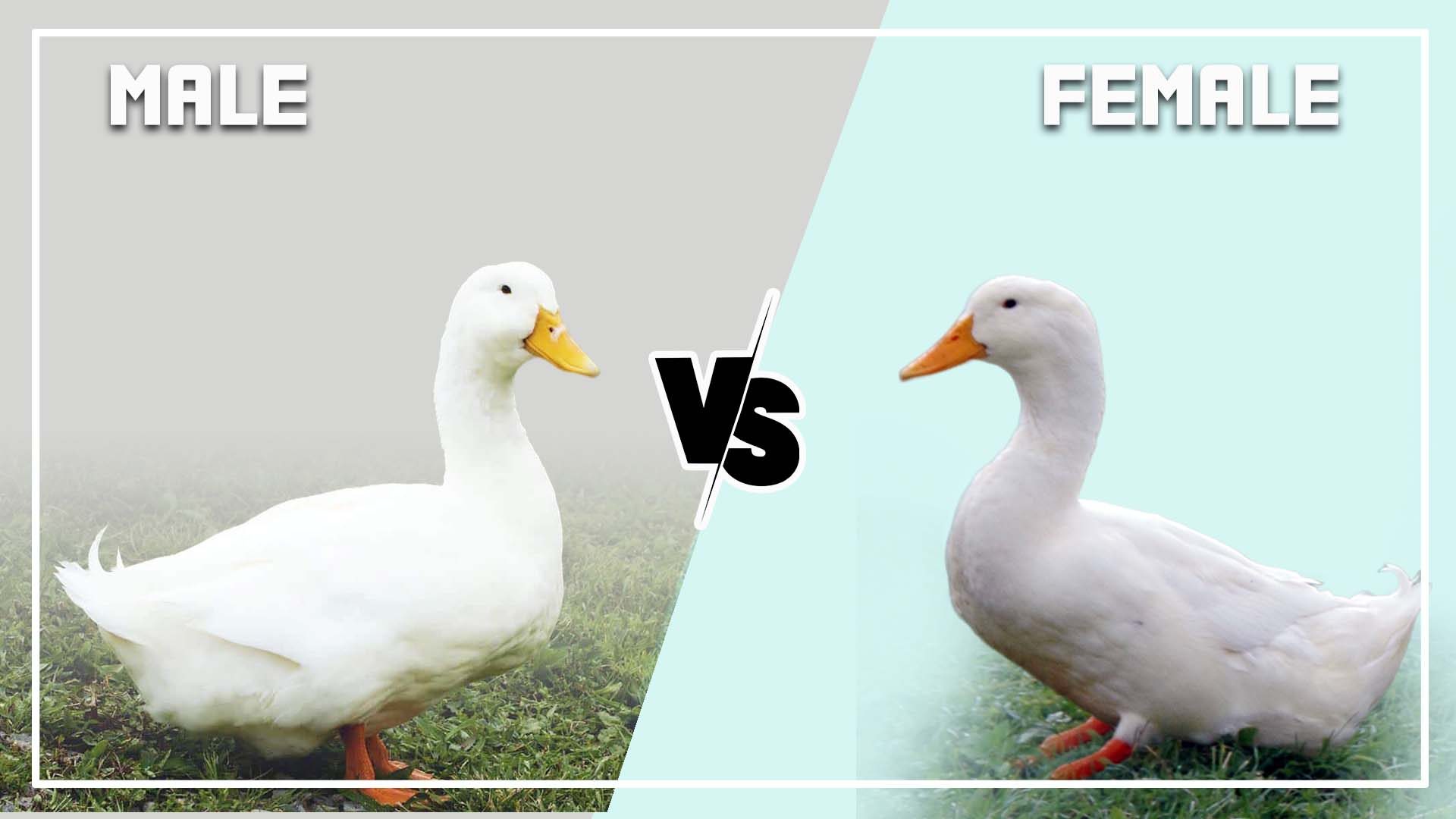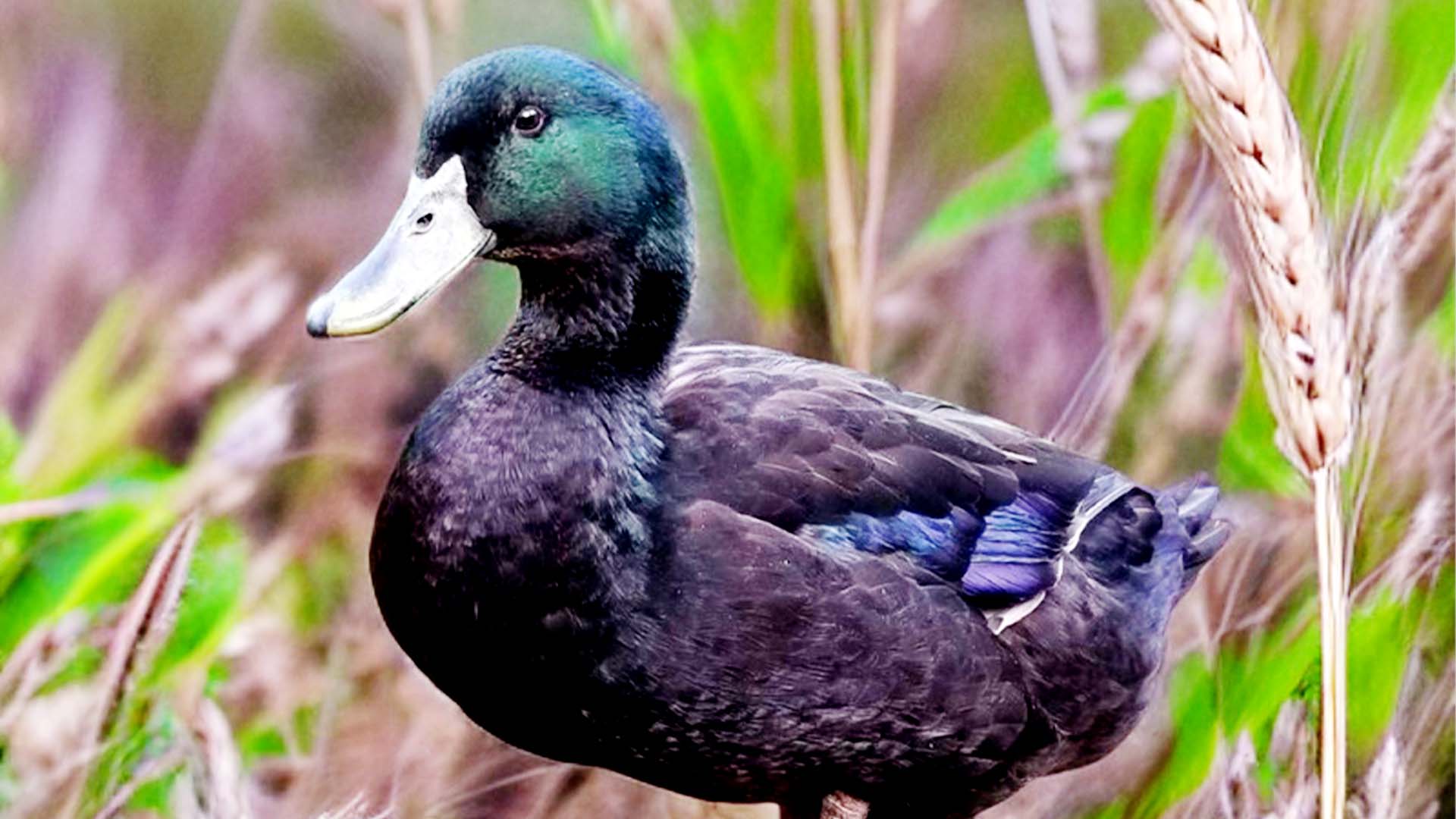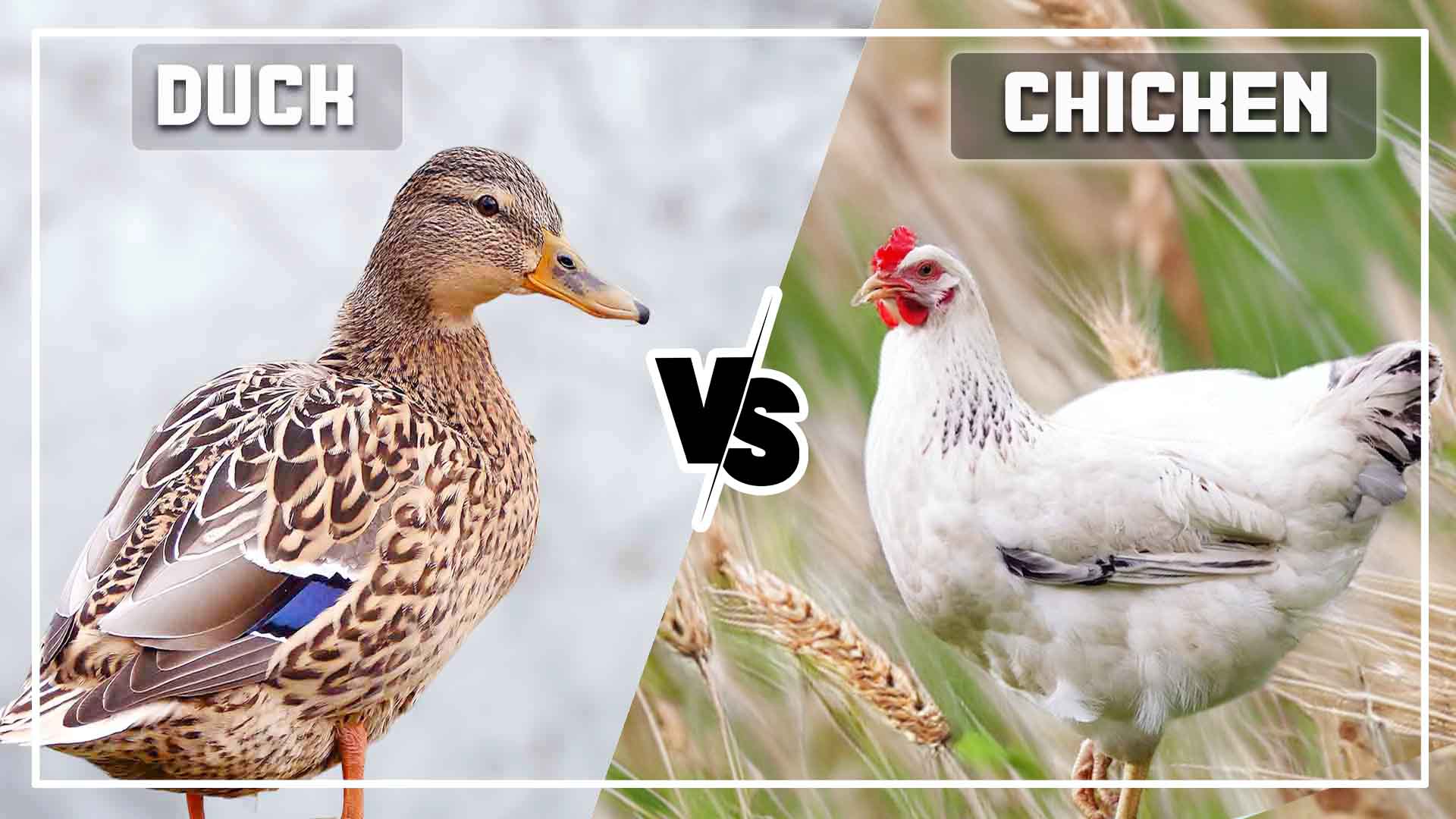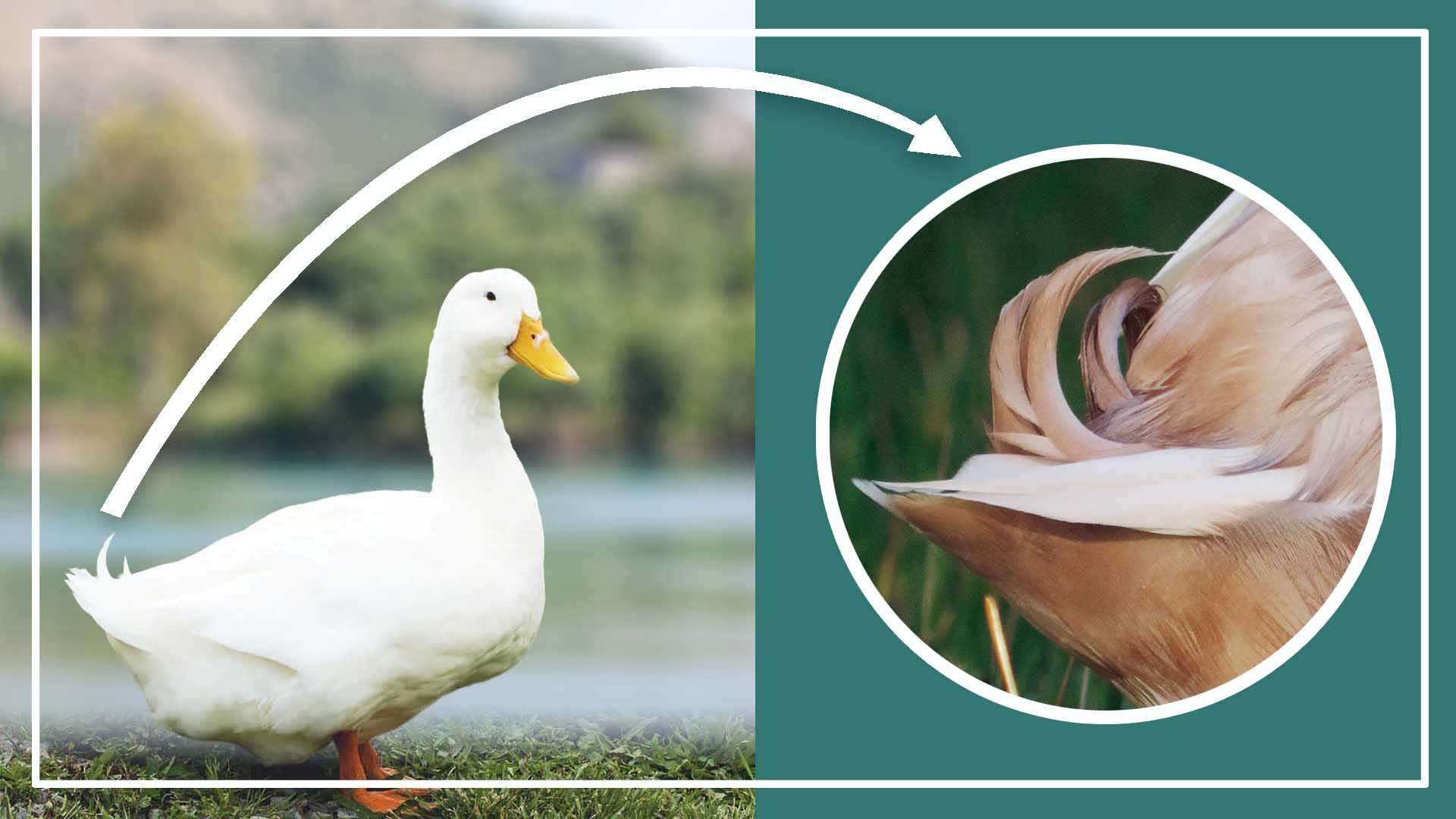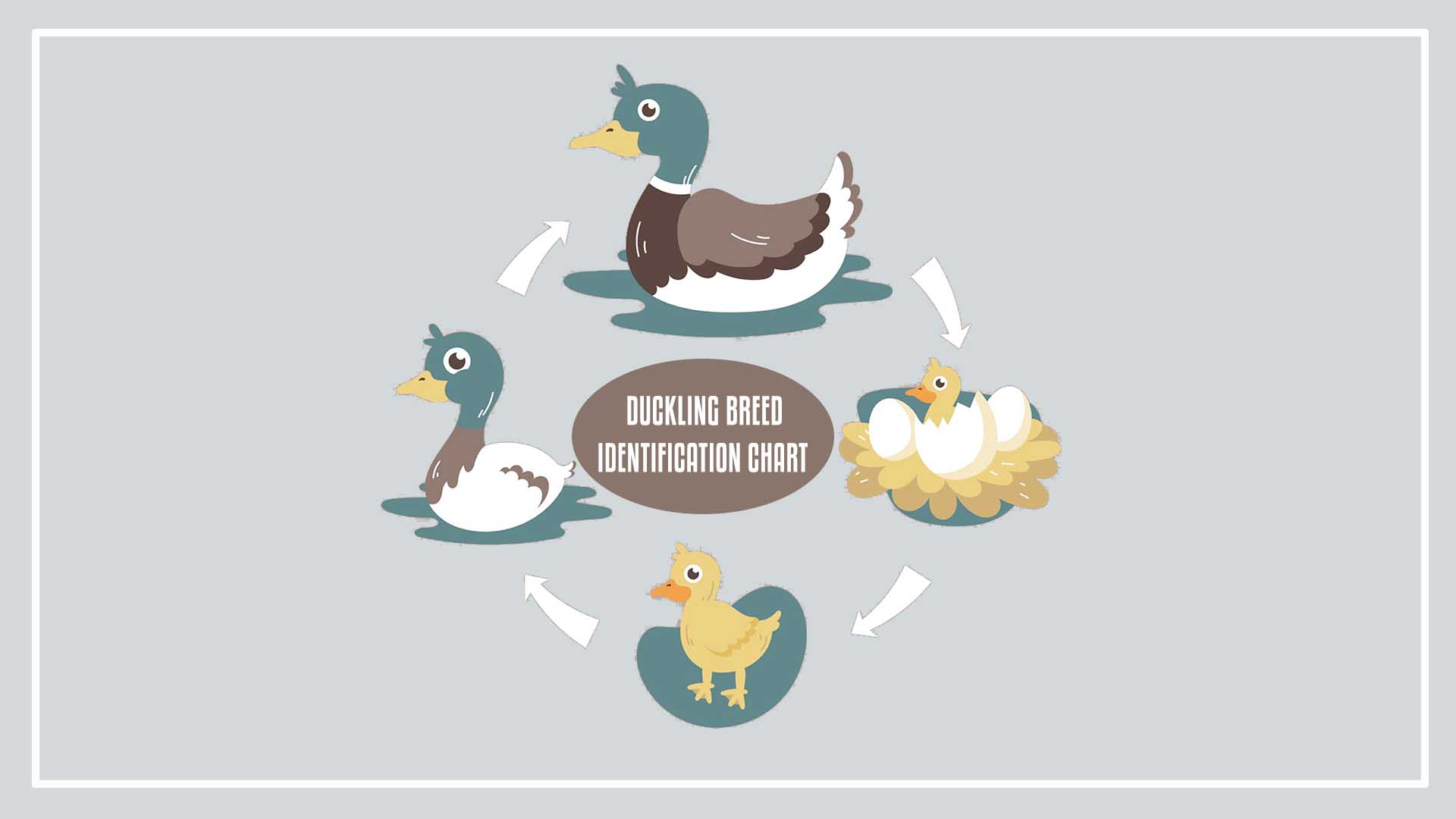Pekin ducks, also known as Peking ducks, are a popular breed of domestic duck known for their plump bodies and white feathers. They are commonly raised for their meat and eggs, and their distinct appearance makes them easily recognizable. While male and female Pekin ducks may look similar at first glance, there are several notable differences between the two genders.
In this article, we will discuss the main differences between Pekin duck males and females, including size and weight, appearance, diet, lifespan, and mating and breeding habits.
Differences Between Pekin Duck Male and Female
Here’s a table summarizing the main differences between Pekin Duck males and females:
| Differences | Pekin Duck Male | Pekin Duck Female |
| Size and Weight | Larger and heavier (8-11 lbs) | Smaller and lighter (6-9 lbs) |
| Appearance | Colorful plumage, curled tail feathers | Subdued coloration, straight tail feathers |
| Diet | Omnivorous, eat insects, plants, seeds, grains | Omnivorous, eat insects, plants, seeds, grains |
| Lifespan | Average lifespan of 10 years | Average lifespan of 10 years |
| Mating and Breeding | Aggressive and territorial behavior | Choose mates, build nests, lay eggs |
| Voice | Louder, frequent vocalizations | Quieter, less frequent vocalizations |
| Social Behavior | Establish dominance through fights | Less aggressive, more social |
Please note that while these differences are generally observed in Pekin Duck males and females, there may be variations among individuals and other factors such as genetics, environment, and individual personalities can also influence their behavior and characteristics.
Size and Weight
One of the most significant differences between male and female Pekin ducks is their size and weight. In general, male Pekin ducks are larger and heavier compared to females. Adult males typically reach an average weight of around 8 to 11 pounds (3.6 to 5 kilograms), while females usually weigh between 6 to 9 pounds (2.7 to 4 kilograms). This disparity in size is noticeable in their overall body structure, with males having a more robust and muscular build. You can identify the Rouen Duck vs Mallard.
Appearance
When it comes to physical appearance, Pekin duck males and females have slight differences that become more apparent as they mature. Male Pekin ducks, also known as drakes, exhibit more vibrant and colorful plumage compared to females. Their feathers are often characterized by a mix of white, cream, and light gray shades. In contrast, females, also called ducks, have a more subdued coloration, with predominantly white feathers.
Another notable difference is the presence of curled tail feathers in males. As they mature, male Pekin ducks develop curly feathers in their tail region, creating an attractive feature that distinguishes them from females. Female ducks, on the other hand, have straight tail feathers.
Diet
In terms of diet, male and female Pekin ducks have similar nutritional requirements and feeding habits. They are omnivorous birds and consume a variety of foods, including insects, aquatic plants, seeds, and grains. Both genders thrive on a balanced diet consisting of commercial waterfowl feed supplemented with fresh greens and clean water.
Lifespan
The lifespan of Pekin ducks is influenced by various factors, including genetics, diet, and living conditions. On average, Pekin ducks can live up to 10 years, but some individuals may surpass this estimate with proper care. There is no significant difference in lifespan between male and female Pekin ducks, as both genders have the potential to live for a similar duration.
Mating and Breeding Habits
Mating and breeding behaviors differ between male and female Pekin ducks. Male ducks, or drakes, typically exhibit more aggressive and territorial behavior during the breeding season. They may engage in displays of dominance and engage in territorial fights with other males to establish their dominance and win the attention of females.
Female ducks, or hens, display different behavior when it comes to breeding. They are responsible for choosing a suitable mate and will often evaluate the males’ displays and behavior before making a selection. Once a pair bond is formed, the male and female engage in mating, which typically occurs in the water. Female ducks lay eggs in nests they build on land, usually hidden in tall grass or vegetation near a body of water.
How to identify the Pekin Duck Male and Female
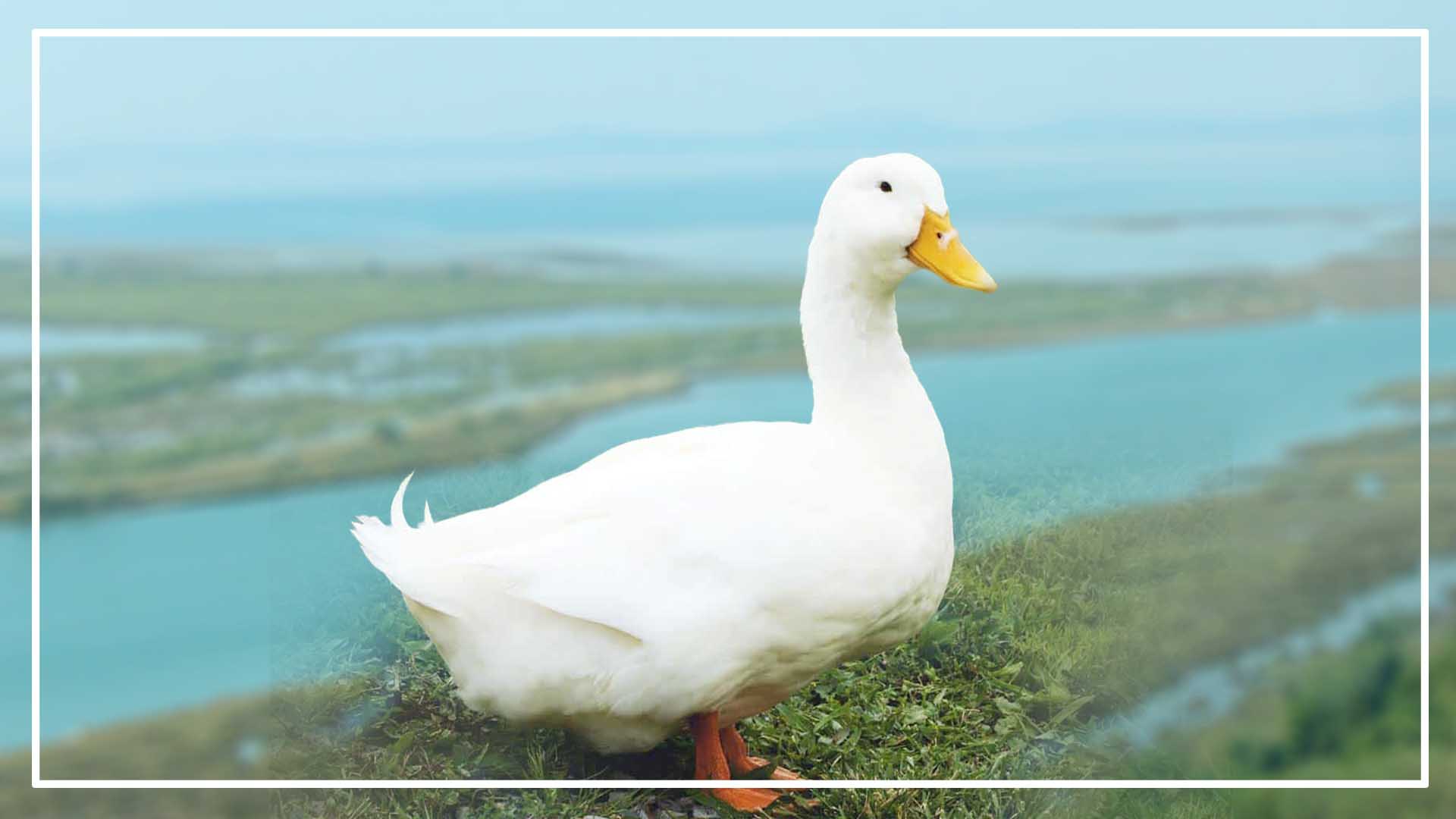
Identifying the gender of Pekin ducks can be challenging, especially when they are young and haven’t developed their secondary sexual characteristics. However, as they mature, there are a few reliable methods to distinguish between male and female Pekin ducks:
- Size and Weight: Male Pekin ducks tend to be larger and heavier than females. As they grow, males generally exhibit a more robust and muscular build compared to the smaller and lighter females.
- Feather Coloration: Once they reach adulthood, male Pekin ducks often display more vibrant and colorful plumage compared to females. Males may have a mix of white, cream, and light gray feathers, while females generally have predominantly white feathers.
- Curled Tail Feathers: One of the most prominent visual cues to identify male Pekin ducks is the presence of curled tail feathers. As they mature, males develop distinct curled feathers in their tail region, which females lack. This feature is more noticeable in drakes.
- Vocalizations: Male Pekin ducks tend to have louder and more frequent vocalizations compared to females. They may produce raspy or hoarse calls during mating or territorial displays.
- Behavior: During the breeding season, male Pekin ducks often exhibit more aggressive and territorial behavior. They may engage in displays of dominance and territorial fights with other males to establish their dominance and win the attention of females.
- Head Shape: While not as reliable as other methods, some people claim that male Pekin ducks have slightly larger heads compared to females. However, this distinction may be subtle and not always easy to discern
FAQ
How can you tell if a Pekin duck is male or female?
You can tell the difference between male and female Pekin ducks by looking at their size, feather coloration, and presence of curled tail feathers (in males), and observing their behavior during the breeding season.
Do male and female Pekin ducks have different color beaks?
No, male and female Pekin ducks typically have the same color beaks, which are usually yellow or orange.
What age do Pekin ducks lay eggs?
Pekin ducks generally start laying eggs between 5 to 7 months of age, but the exact timing can vary among individuals.
How to tell the difference between a girl duck and a boy duck?
To differentiate between male and female ducks, look for differences in size, feather coloration, presence of curled tail feathers (in males), and observe their behavior during the breeding season. Consulting a poultry expert or veterinarian can provide more accurate identification.
Conclusion:
While male and female Pekin ducks share many similarities, there are several noticeable differences between the two genders. Male ducks are generally larger and heavier, display more colorful plumage, and have curled tail feathers. Female ducks, on the other hand, have a more subdued appearance and lack the curled tail feathers.
Both males and females have similar dietary requirements and lifespans. When it comes to mating and breeding, male ducks exhibit territorial and aggressive behavior, while female ducks are responsible for choosing a mate and laying eggs. Understanding these differences can be valuable for those interested in raising or studying Pekin ducks.







